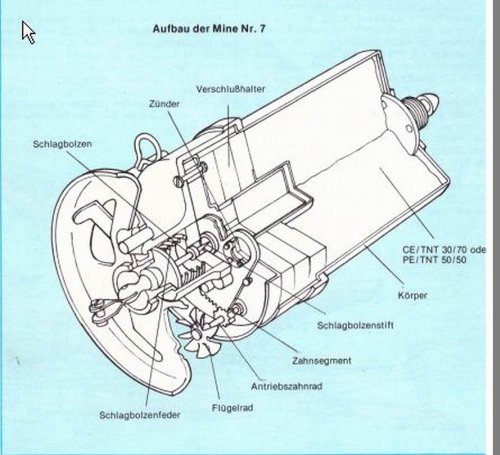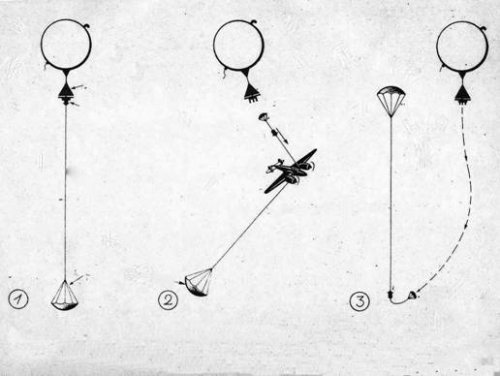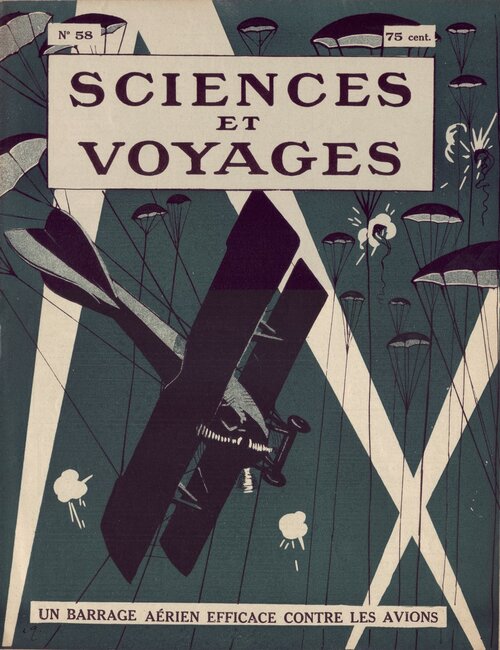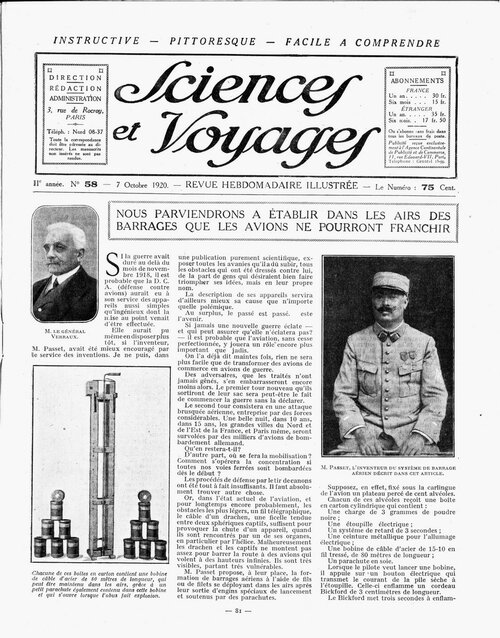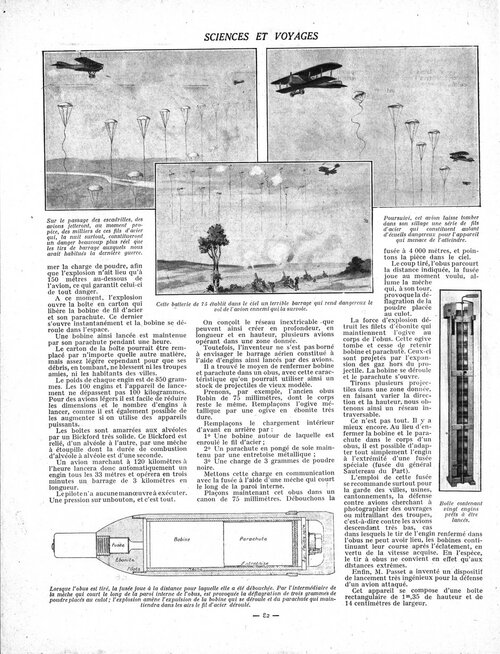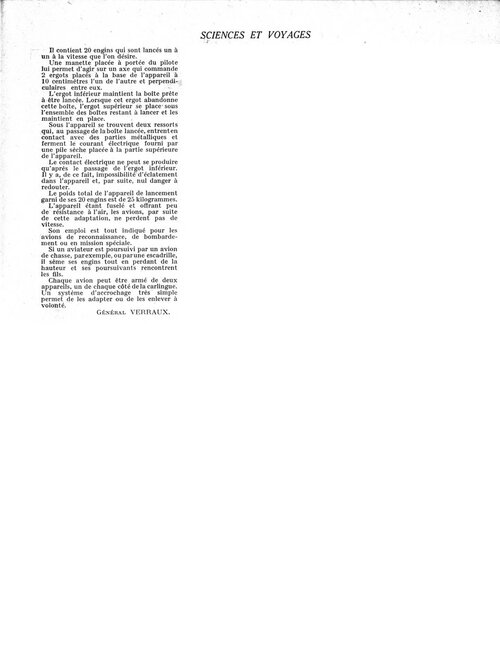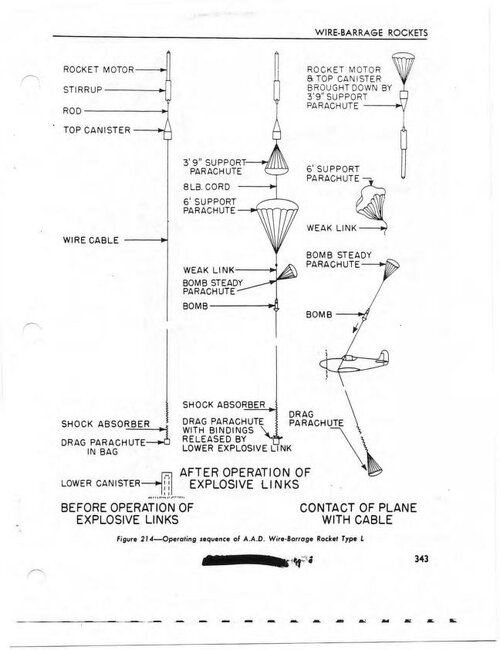W
Wingknut
Guest
Hi folks,
Maybe this should be under 'Missile Projects' (or indeed 'Army Projects') - if so, let me know and I'll shift it, but anyway here are some details and images relating to Britain's 'Parachute-and-Cable' ground-launched anti-aircraft system.
Cheers, 'Wingknut'
“PAC (Parachute and Cable) launchers – a highly unusual anti-aircraft weapon which … consisted of a small rocket trailing a steel cable, which shot vertically 300-400ft into the air and then descended on parachute. The rockets were grouped in batteries of nine, to be launched simultaneously in a curtain pattern. The idea was that of creating a web of steel cables across the path of a low-flying aircraft, causing it to catch the wires and stall to the ground.
The parachute had a dual function. Once the rocket burned out, the canopy slowed the cable’s fall, allowing the “curtain” to stay up in the air for a longer time. Secondly, if the cable caught a bomber’s wing, the added drag from the parachute was hoped to be sufficient to foul its flight. There was also a smaller parachute at the lower end of the cable designed to balance the drag of the first one and thus prevent the cable from it from sliding off the wing of the aircraft. Later versions had an additional explosive charge hung at the bottom of the cable, intended to detonate on contact with the aircraft.”
Text from: http://spitfiresite.com/2010/08/battle-of-britain-1940-kenley-raid-parachute-cable.html
Photographs from: https://ww2aircraft.net/forum/threads/wire-net-trailing-aa-rockets.2744/
Text-image (‘Box 3’): page 14 of Britain's Air Defences 1939-45 by Alfred Price, found here: http://www.scale-models.co.uk/threads/barrage-balloons.10160/
See also Popular Mechanics Magazine, January 1943:
Cover from: http://www.ebay.com/itm/POPULAR-MECHANICS-MAGAZINE-Jan-1943-Uncle-Sams-Warbirds-/262119262706
Page 6 extract from Google Books:
https://books.google.co.uk/books?id=htYDAAAAMBAJ&printsec=frontcover&source=gbs_ge_summary_r&cad=0#v=snippet&q=rocket&f=false
Maybe this should be under 'Missile Projects' (or indeed 'Army Projects') - if so, let me know and I'll shift it, but anyway here are some details and images relating to Britain's 'Parachute-and-Cable' ground-launched anti-aircraft system.
Cheers, 'Wingknut'
“PAC (Parachute and Cable) launchers – a highly unusual anti-aircraft weapon which … consisted of a small rocket trailing a steel cable, which shot vertically 300-400ft into the air and then descended on parachute. The rockets were grouped in batteries of nine, to be launched simultaneously in a curtain pattern. The idea was that of creating a web of steel cables across the path of a low-flying aircraft, causing it to catch the wires and stall to the ground.
The parachute had a dual function. Once the rocket burned out, the canopy slowed the cable’s fall, allowing the “curtain” to stay up in the air for a longer time. Secondly, if the cable caught a bomber’s wing, the added drag from the parachute was hoped to be sufficient to foul its flight. There was also a smaller parachute at the lower end of the cable designed to balance the drag of the first one and thus prevent the cable from it from sliding off the wing of the aircraft. Later versions had an additional explosive charge hung at the bottom of the cable, intended to detonate on contact with the aircraft.”
Text from: http://spitfiresite.com/2010/08/battle-of-britain-1940-kenley-raid-parachute-cable.html
Photographs from: https://ww2aircraft.net/forum/threads/wire-net-trailing-aa-rockets.2744/
Text-image (‘Box 3’): page 14 of Britain's Air Defences 1939-45 by Alfred Price, found here: http://www.scale-models.co.uk/threads/barrage-balloons.10160/
See also Popular Mechanics Magazine, January 1943:
Cover from: http://www.ebay.com/itm/POPULAR-MECHANICS-MAGAZINE-Jan-1943-Uncle-Sams-Warbirds-/262119262706
Page 6 extract from Google Books:
https://books.google.co.uk/books?id=htYDAAAAMBAJ&printsec=frontcover&source=gbs_ge_summary_r&cad=0#v=snippet&q=rocket&f=false
Attachments
-
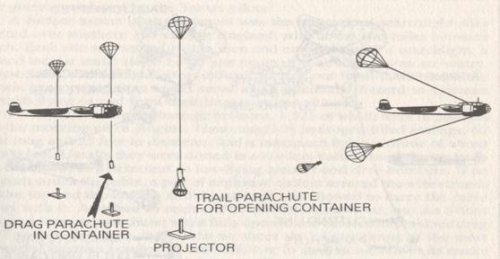 Parachute-and-Cable System (1).jpg30.6 KB · Views: 348
Parachute-and-Cable System (1).jpg30.6 KB · Views: 348 -
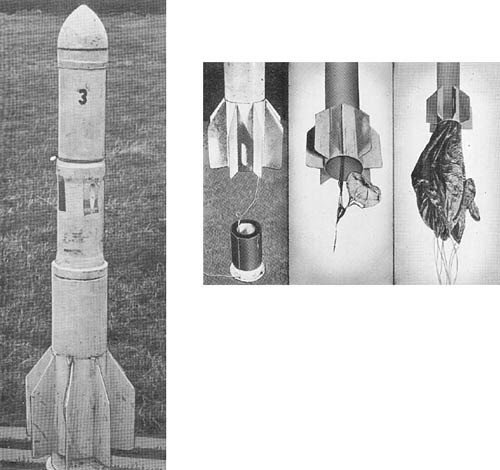 Parachute-and-Cable System (2).jpg47.3 KB · Views: 324
Parachute-and-Cable System (2).jpg47.3 KB · Views: 324 -
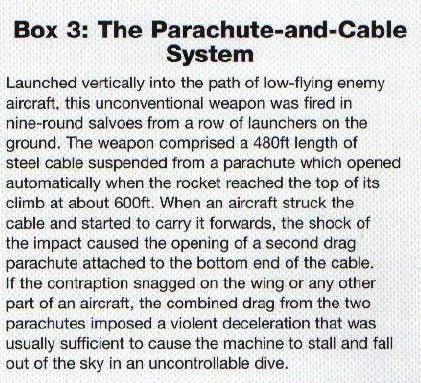 Parachute-and-Cable System (Text - 'Box 3').jpg81.3 KB · Views: 318
Parachute-and-Cable System (Text - 'Box 3').jpg81.3 KB · Views: 318 -
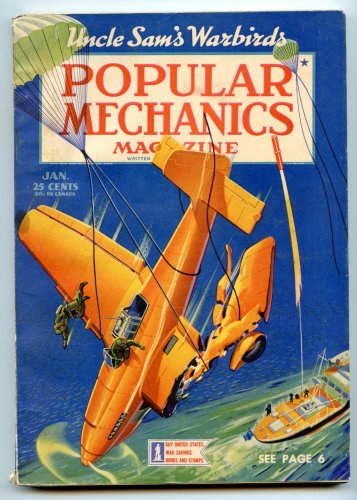 Popular Mechanics (1943-01-cover).jpg505.3 KB · Views: 308
Popular Mechanics (1943-01-cover).jpg505.3 KB · Views: 308 -
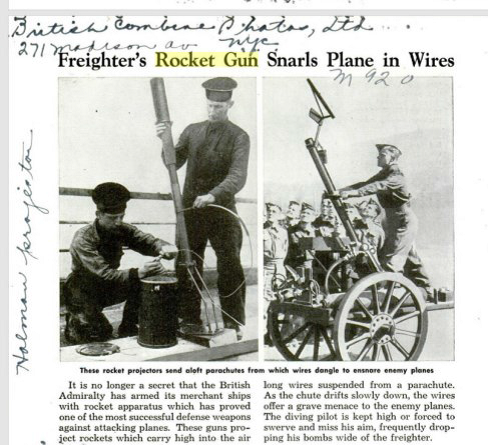 Popular Mechanics (1943-01 - page 6).png404.9 KB · Views: 301
Popular Mechanics (1943-01 - page 6).png404.9 KB · Views: 301

